🏌️♂️UNLOCK the POWER of Mac O’Grady’s MORAD SYSTEM
👉https://www.paulgormangolf.com/morad-archive
By the time Mac O’Grady launched his MORAD system, the world of golf instruction had already seen its fair share of revolutionary ideas.
Yet, O’Grady’s approach still stands out, not just because of his own credentials as a two-time PGA Tour winner, but due to the meticulous, scientific underpinning of his method. MORAD offers a comprehensive, nuanced approach to improving one’s golf swing.
O’Grady’s journey began with an in-depth study of The Golfing Machine (TGM) by Homer Kelley. This foundational text classifies all golfers as either ‘hitters’ or ‘swingers’, each with its own set of principled mechanics. O’Grady, however, found this dichotomy limiting. His MORAD system merges the concepts, emphasizing that no golfer is a pure ‘hitter’ or ‘swinger’. This hybrid approach allows for a more versatile and adaptable swing, tailored to the individual golfer’s style and physical capabilities.
One of the critical distinctions between MORAD and The Golfing Machine concerns the handling of the right wrist. While TGM often teaches a ‘frozen right wrist’ for hitters, MORAD rejects this notion. Instead, O’Grady’s system incorporates a dynamic right wrist movement, promoting fluidity and power in the swing.
Describing the MORAD swing, O’Grady once said it’s “80% Snead and 20% Hogan,” drawing inspiration from two of golf’s greatest legends. This blend is designed to harness the strengths of both styles: the effortless power of Sam Snead and the precision of Ben Hogan. Moreover, MORAD tailors swings for various clubs and shot trajectories. Whether a golfer is aiming for a low, mid, or high trajectory with their driver or wedge, MORAD provides specific mechanics to achieve these goals.
A significant component of the MORAD system is the concept of ‘CP release’ (centripetal release) and ‘CF release’ (centrifugal release). These terms refer to the release patterns of the club during the swing, with CP focusing on an inward pull and CF on an outward force. Mastering these releases can drastically improve a golfer’s control and power.
Additionally, O’Grady emphasizes the importance of ‘saving the right arm’ well past impact. This technique not only maximizes the energy transfer from the swing to the ball but also enhances consistency and accuracy.
MORAD’s initial reception was mixed. While it garnered a dedicated following, including successful golfers like Grant Waite, it also faced criticism. Notably, the decline of Chip Beck, a top money winner who lost his Tour card after adopting MORAD, cast a shadow over the system’s reputation. Critics pointed to the method’s complexity and specificity—such as detailed measurements of shoulder movements and degrees of bend—as potential drawbacks.
Despite early controversies, MORAD is experiencing a resurgence in popularity. Ironically, this growth coincides with O’Grady’s reported refusal to work with Tour players. Instead, a new generation of qualified instructors, well-versed in MORAD’s intricacies, are now teaching the system to aspiring golfers.
The strengths of MORAD lie in its scientific foundation and the depth of O’Grady’s research. His insights into the ‘new ball flight laws’ and the development of CP and CF releases have proven influential. Golfers willing to invest the necessary time and effort often see significant improvements in their swing and ball striking.
For the average casual golfer, MORAD offers a path to better understanding and improving their swing. While it may require more dedication than other methods, the potential rewards—a more powerful, controlled, and adaptable swing—are substantial. Embracing the meticulous nature of O’Grady’s system could very well be the key to unlocking one’s full golfing potential.
Paul Gorman’s teaching often begins with the fundamental stance and posture. He recalls how O’Grady would physically guide him, ensuring that his eyes maintained a specific tilt through the swing. This attention to detail is crucial in Gorman’s lessons, as he helps students find and maintain the right postural alignment for their swings.
One of the core aspects of Gorman’s instruction involves understanding and utilizing ’tilts’—the essential angles that help maintain balanced power during a golf swing. These principles are deeply rooted in MORAD, where the focus on joint alignments and their interactions play a critical role in a golfer’s overall technique.
Gorman stresses the importance of understanding the mechanics behind the golf swing. He explains how different alignments and positions can affect the clubface’s angle at impact, ultimately influencing the ball’s direction. By analyzing and adjusting these mechanics, Gorman helps golfers correct common issues, such as an unwanted left spin caused by improper handle positioning.
This holistic perspective allows golfers to relate better to the techniques and apply them more effectively
Mac used to hold a club for me when I hit and I’d have to come come through and see my eyes at this tilt so that’s what I’m going to do for you to give so yeah okay that way you can find it for yourself right okay there’s a rooster run shot yeah very nice and what what did we talk about the other day that that kind of you took to the golf course so straighten out my back leg Yeah and kind of keeping my back side out a little bit further uh-huh so making that room for my back swing yep and then coming through and just falling through and leaning into it kind of keeping your lean over right correct yeah so that’s cool and it kind of like you think about it it’s like man if if someone kick this hip out of the way it’s going to make me feel like tilting over yep it’s like a brings in a tilt to the hips so keeps your spine down and while you’re thinking of like staying leaned over you can just double down on it as it feel right go oh okay yeah straighten this right leg it turns this right hip back makes my left side feel like it’s kind of Dipping down here then I stay in the lean when I hit kind of Morad principles Maco Grady uh principles where joint alignments where they are how they work yep and how you tackle like one that trickles down in a domino good effect to another y like the lean stuff yep and then when you’re coming through then it’s you know you clear this hip out and like you said you stay in the lean this way yep these are called tilts you know we want to make sure our tilts are good that’s kind of what what you were feeling yeah so do another one like that last one all right it’s pretty simple right it’s like right right knee straightens back pulls the hip y right yep keeps your tailbone back yep and then uh the left side spins out because the right side’s spinning back free play okay and gives you that feeling of leaning over the golf ball yep just like you’re saying kind of like yeah saying hello behind you yeah the what’s up drill exactly what’s up drill’s back baby yeah that’s it what’s up man that’s for the for these folks right that’s like a like pretty cool easy kind of goofy way to totally get a great pivot you know so we start as an A-frame like this and you know if I’m an A-frame and I just turn then I haven’t disrupted the letter capital A but a lot of times I’ll see people sliding over right and so then it was hard to feel it’s like how do I do it well you put a club across the hip bone boom like this this is straightening back this knee is coming out to the midline or behind the golf ball pointing and the what’s up drill is just like what so this club face right there m is a little uh closed yeah so the bottom line is the one you look at the Leading Edge okay and uh if you just hold the club up like me like this yeah good walk forward a little bit yeah right there let’s see um go to your left side just it right like that now turn to the Target and let your right foot pette yeah so then you take a look and see where your elbows are you go oh yeah they’re flexed they’re bent the wrists are bent so you shorten the radius in half twice boom boom boom okay and it’s also absorbing energy that’s how we you know D D things off yeah yep okay yeah that’s good stuff to do around the house you know yeah there you go your spine is here got it yep that’s about how you’re bent to the ground and then a right angle to that would be here okay so as you’re looking at me right now your glasses are tilted this way y now just unwind right now like you’ve hit a ball and slow slow slow keep your head out yeah okay now your shoulders are on that alignment and so are your glasses y right so so you could you know Mac used to hold a club for me when I hit and he’d hold if you hold that club right here for me right now yeah that’s right he’d hold it right there where my eyes are and I’d have to come come through and see my eyes at this tilt okay not like this yeah right or it would be the shoulders the same shoulders on this til y so that’s what I’m going to do for you to get so yeah okay that way you can find it for yourself right so practice swing first y so I’m going to put it right here just smooth through go yeah a little little more speed and stuff okay that’s right that’s right and and yeah just trying to get your hips all the way turned there I don’t know how far they turn Okay fan that uh shoe out a little more too yeah yeah yeah that’ll help some too okay here we go yeah so there’s the eye right and now I’m going to lower this thing for the shoulders go ahead and do it again yeah so now you’re you’re up yeah that body’s tilted over again right yeah yeah so all right I mean those are really really it you know it’s like being able to spin fast and do that and and not like you were saying before kind of Lift Up and Away right yeah yeah yeah so more natural motion yeah exactly right depending upon flexibility yeah um with the how you know like I was saying before it’s not that we want to finish like this over here but we are going to get tugged that way yeah you know so depending on your flexibility and blah blah blah I’ll give you some forward action but definitely we want our we want this airplane look you know that’s right okay yeah feel that that right side Bend okay that’s like a bowler you know skater yep right and so that’s super important powerful and kind of like oh other sports I do I’ve done that turning double play as you know yep skipping rocks all that stuff okay okay very good now honestly this one thought of right side Bend yeah you’re controlling your spine you and I the tour proos spin the fastest and retain their bend over the ground the best okay right we are going up and down you know during our golf swings and side to side a little bit here and there you know and then we’re not spinning that fast like those guys right um so regardless how fast you go if you can keep the spine in place while you’re you know doing your turning you’re going to hit good shots okay very good and that seems like nitpicky thingy ah it’s real I mean you can feel it yeah it’s it’s definitely real like when I was doing the short game things I was telling you know cuz my wrist is like basically broken right now and so but it’s really helped me do some short game shots uh to for lofted high shot soft shots where I go back I’m not loading I’m not flexing or cocking the wrist I’m just kind of moving the club up and retaining some stuff so the the mechanics behind why the balls going left sometimes you because the club face is a little too closed at impact it’s a little too left at impact right so why is that well um a lot of stuff but if I’m holding this club at you right here with my handle my club fa is down to the Target let’s say right now okay okay I’ll put it right in front of you so you can kind of see okay now watch what happens when I uh move the handle forward did the did it go to the clubhouse to the right went to the right y so the more I have shaft lean rela to where I started the club face will not be as closed but if I’m starting with handle a lot forward over by the middle of my left thigh and I don’t come in that much forward then where’s the face going to be left of my original alignment should the yeah Club handle alignment always be in the same spot depending on the club like if I go down to a nine iron should it be out further no or just always in the same kind of spot I would say with the irons I would make sure that they’re not too far forward especially with the short clubs because the they could be not it’s relative to the player is what I’m trying to get to is like if I have a player that uh has the alignment right here but he he comes in like this he gets Way Forward at impact then there’s different things going on that I might talk about about that okay but most people don’t do that most most might uh that most people look like this right where their handle is behind and the club head is passing and look where the face is it’s left right so if you’re starting here like you were with this arm jacked up yeah and all that but then you’re coming in and it looks more like this a little slightly bent and the handle back while it’s releasing it is going to spin the ball left so I said well wait this is like this is an impact alignment check it out this is this is probably the most important part of this whole conversation okay okay they’re setup and there’s impact so when I’m setting to you right now impact is here when I have the handle more forward over the inside of the left over the ankle yeah but setup is here okay setup is a little you got to have some bends in here yeah right and then you would you put your Club face where you want to go with this setup so when you come in forward the face of the club is not pointed somewhere else yeah so and just by doing this is really good for you too is like here’s a club just in front of me I’m not even holding it and watch it when I just go from setup to impact the handle just kind of goes with me there you go that’s right okay so all right that’s a little bit of uh the mechanics behind why you want to have that Jack Nicholas lesson in the beginning of the year with his coach Jack grout old man right but it was always just the basics the grip posture stance okay the alignments yep you know making sure the grip was pliable neutral yeah making sure the setup wasn’t onesided this arm jacked up this one bent and the handle out here get just okay hold on a minute this is normal this is like I could chill and talk to you all day yeah then I’m going to come in and maybe try to set up like that now my hand setting a little a little ahead of the zipper but not much right yeah right here in the stitches okay cool yeah yeah that looks good dude right yeah yep so you got a Morad Nicholas lesson today love that how’s that guy he’s pretty good major is pretty good yeah you having some difficulties with your game did you know that there are three major league systems that are used on the tour today in the playing conditions you can change on the spot if you know these systems just click the link below to drastically improve your game and take you to another level just like a tour player all right we’ll see you on the other side

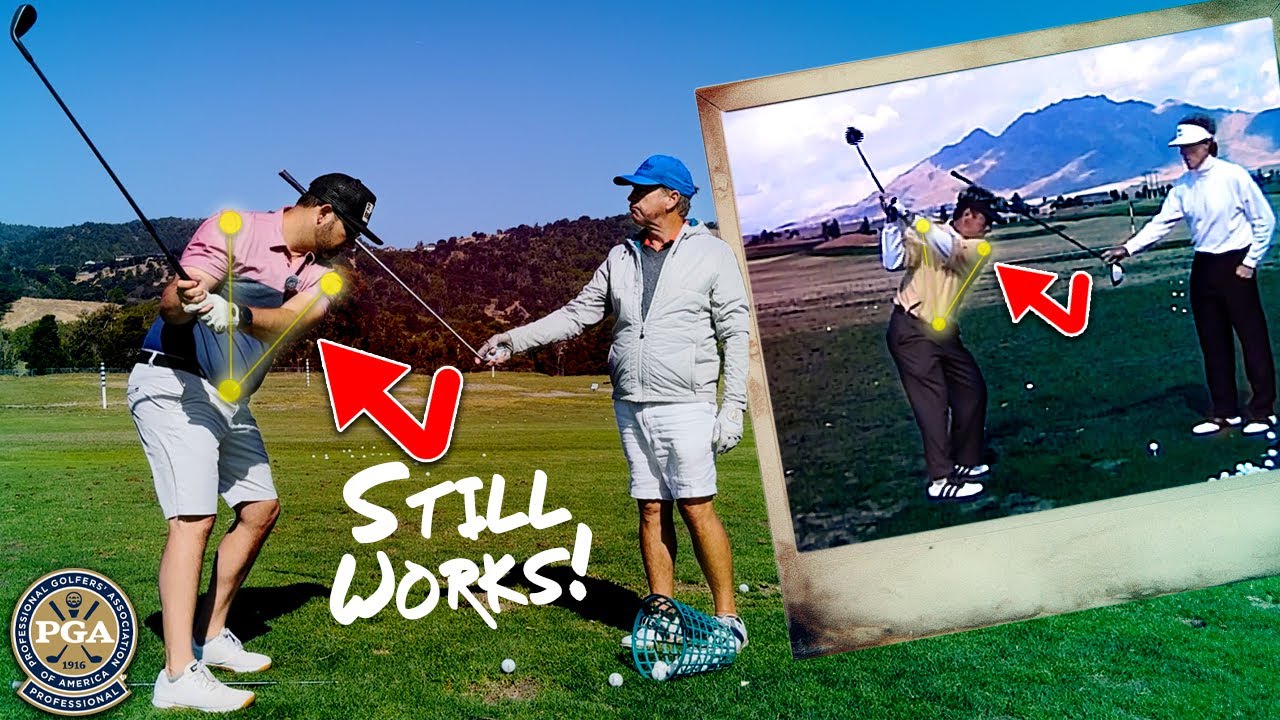
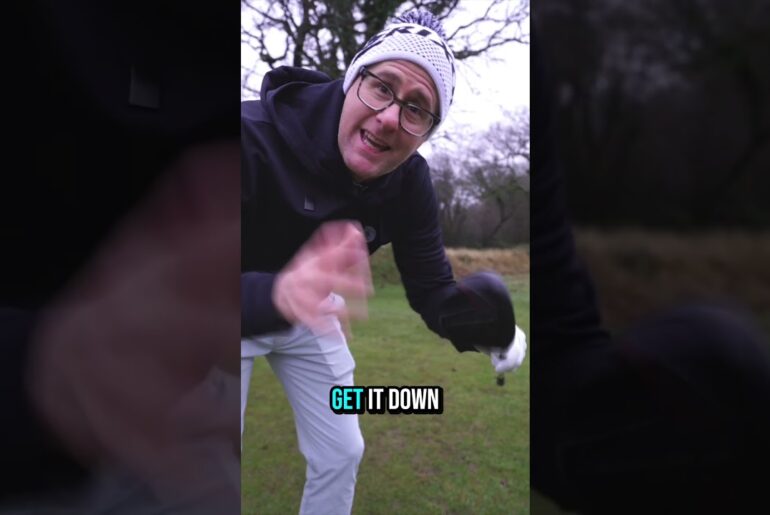
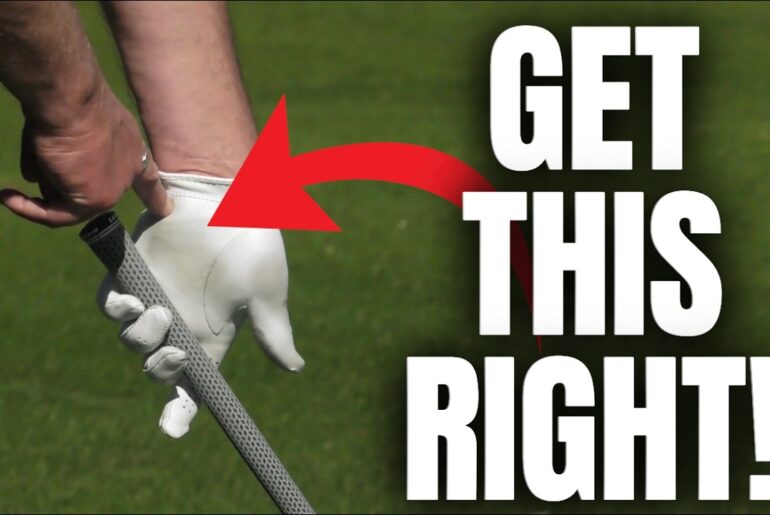
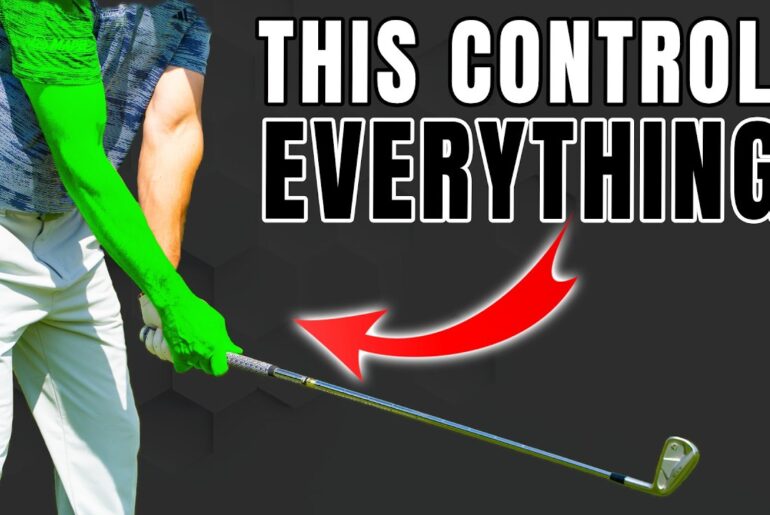
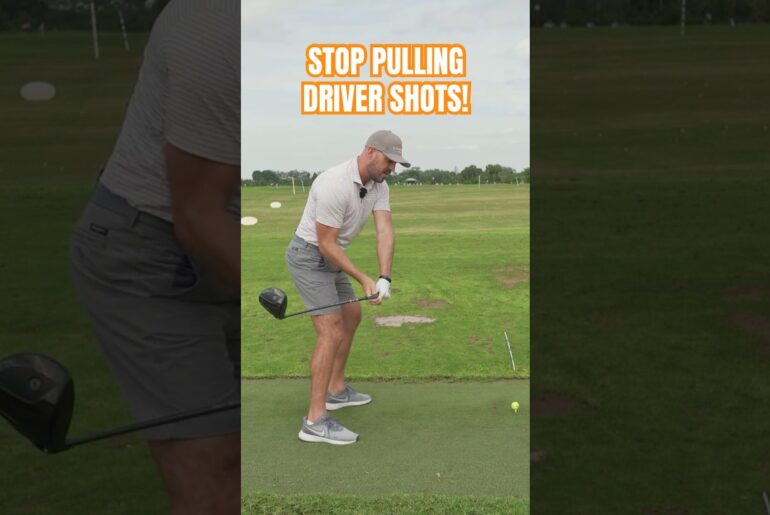
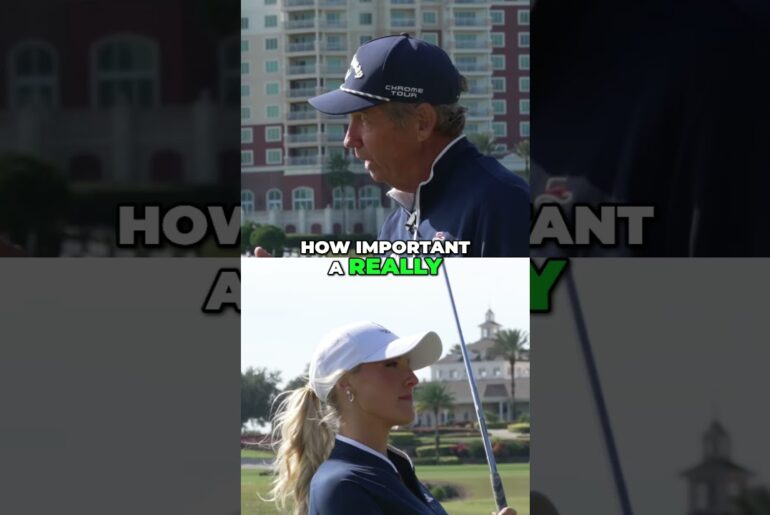

3 Comments
🏌♂UNLOCK the POWER of Mac O'Grady's MORAD SYSTEM
👉https://www.paulgormangolf.com/morad-archive
Good video Paul. Im working on this too.
Gets you into slap shot move. Love it.